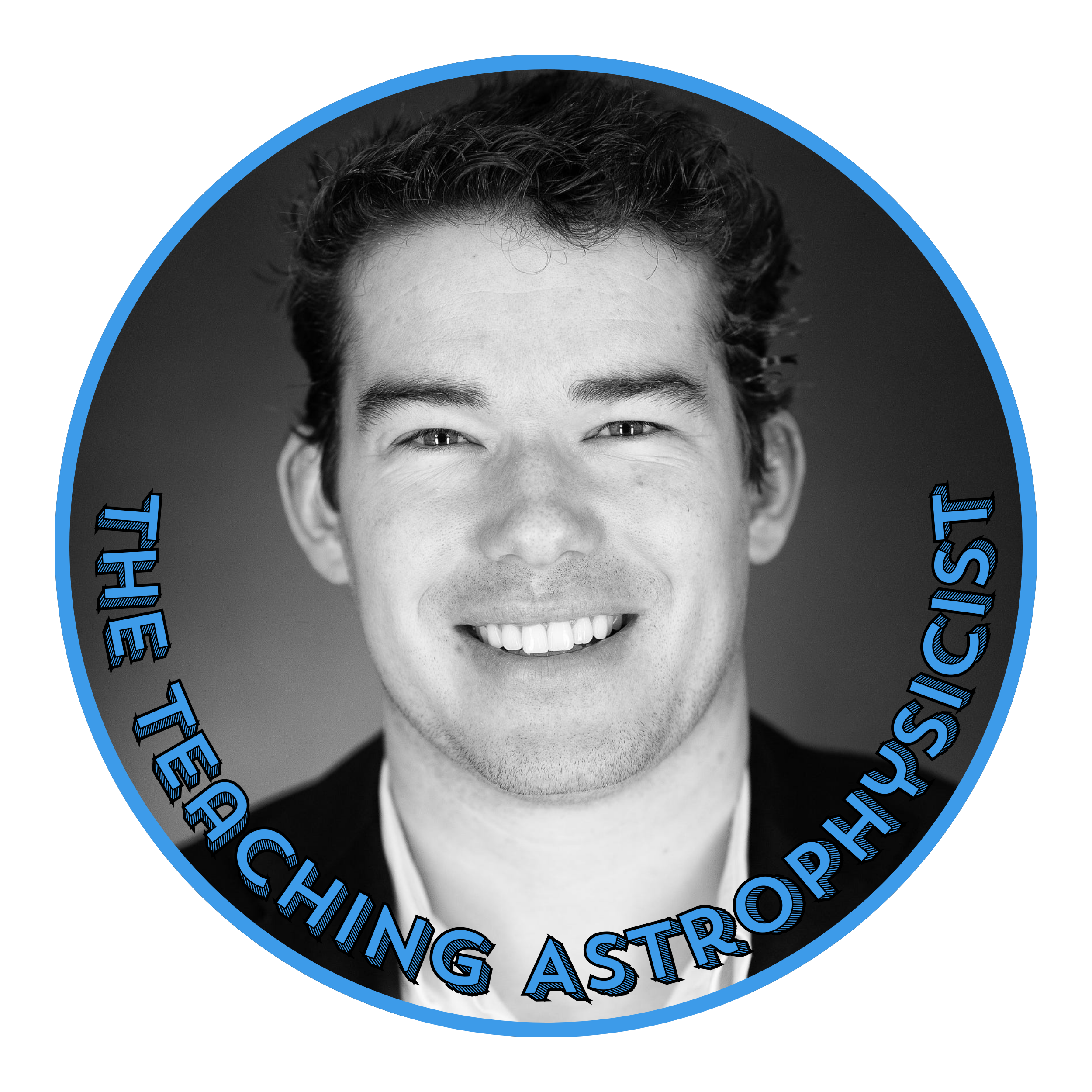$4
Our Star (The Sun) | Space Science Reading Comprehension 2 Passage & Questions
Studying the Sun gives students a firsthand look at nuclear fusion, solar flares, seasons, and the energy that drives weather and photosynthesis, making it a cornerstone of middle and high school science standards like NGSS MS-ESS1 and HS-ESS1. Presenting the subject with two carefully leveled reading passages and question sets - one richly detailed for advanced readers and one written in clear, accessible language - ensures that every learner can master concepts such as the Sun’s life cycle, the electromagnetic spectrum, and space weather safety while still being challenged at the appropriate depth. Each passage includes engaging facts and critical-thinking questions that move from factual recall to evidence-based reasoning, turning literacy time into authentic STEM inquiry. This differentiated format streamlines lesson planning, strengthens cross-curricular reading skills, and sparks curiosity by letting students progress from foundational facts to higher-order analysis without leaving anyone behind, making it a versatile classroom resource that shines across astronomy, Earth science, and environmental units.
This tiered approach - offering two sets of guiding reading and questions tailored to each text - builds foundational skills in reading, critical thinking, and scientific inquiry, so you can use the right one for you. Through such structured resources, students develop a deeper appreciation for the processes that create and preserve this incredible natural phenomenon, and gain the scientific literacy necessary to make informed decisions about space exploration and gas movements.
This 2 article set of our star (the Sun) reading passages with questions provides the perfect grab and go, print and provide resource that can help your students learn all about our star (the Sun). For digital, you can provide a Google doc copy for ease of submission or a Microsoft word version as well. In this our star article with questions to check comprehension and inspire scientific thinking.
The accessible version is geared towards approximately 5th / 6th / 7th grade science students, while the more advanced version is geared towards approximately 8th / 9th / 10th grade science students. This range for both could be extended with prep work or additional materials.
THIS OUR SUN ARTICLE CAN BE USED SO MANY WAYS:
- Useful for substitute (sub) teaching
- To extend students
- To increase scientific literacy in your class
- A weekly reading task
- Great as a lesson filler when class goes too fast
- To inspire students on a particular topic
- Give a selection of these articles for students to choose from
WHAT'S INCLUDED IN THIS OUR STAR READING PASSAGE WITH QUESTIONS:
- 2 - 3 page Word doc image - textboxes teacher version with answers
- 2 - 2 page Word doc image - textboxes student version with room to fill in answers (text boxes)
- 2 - 3 page PDF teacher version with answers
- 2 - 2 page PDF student version without answers (but space left to do so)
- 2 - 3 page Google doc image - textboxes teacher version with answers
- 2 - 2 page Google doc image - textboxes student version with room to fill answers (text boxes)
Please note: That the Doc versions are images with editable text boxes overlayed on top and this is the most effective way to keep the article sleek and well-designed and also that students cannot change things significantly.
WANT MORE AMAZING ARTICLES LIKE THIS OUR STAR ARTICLE? MANY ARE AVAILABLE!
I am very proud of this series of science articles and they are rich with information and wonder at the majesty of science. Each science article includes a fun fact(s) to add to the knowledge gained from this article. Formatted in an easy to read and digest manner, each paragraph is numbered to help with referencing and each question answer has a paragraph reference number to point to the specific information (where applicable).
